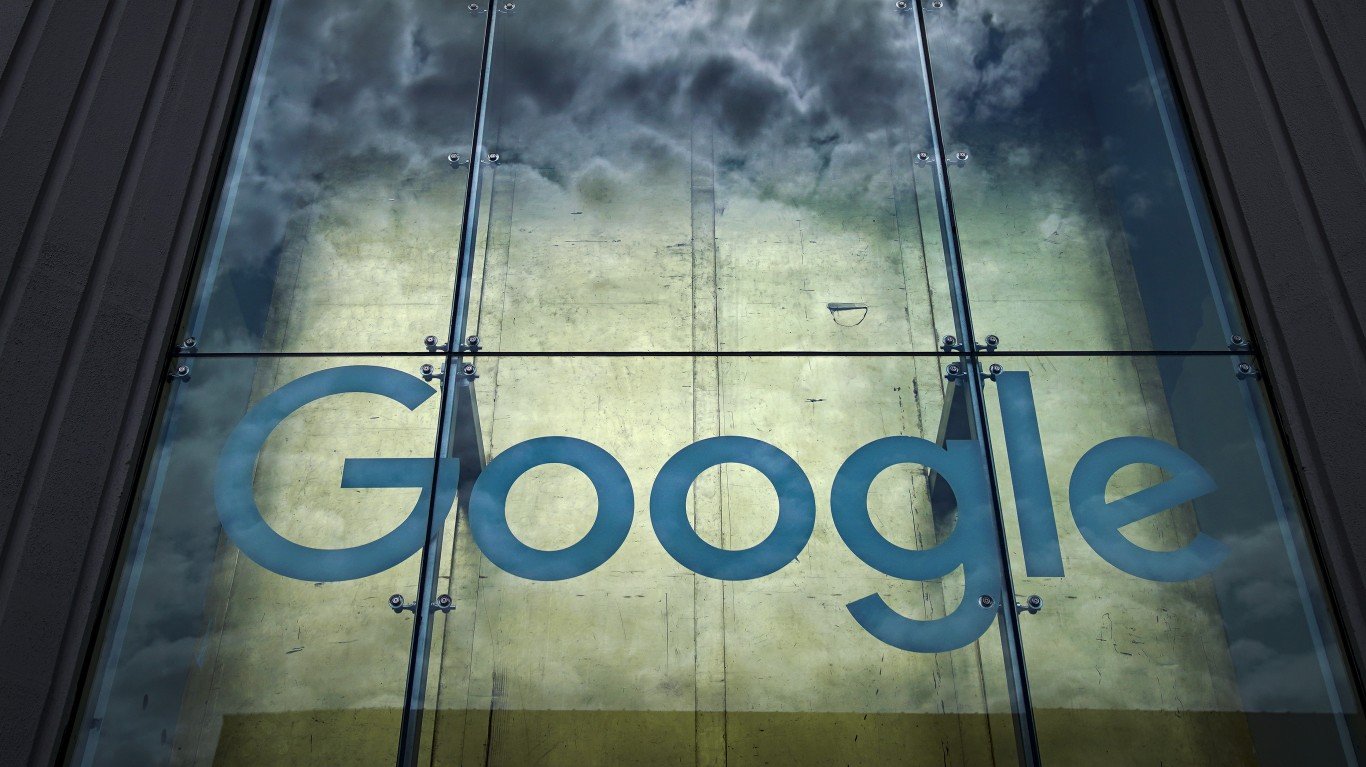

A ruggedized version of the CPU that powered Apple Inc.’s (NASDAQ: AAPL) 1998 iMac G3 made the trip to Mars as part of the Perseverance Rover. There are a few differences, of course, like the price: the iMac GC listed for $1,299 while the CPU used in Perseverance cost NASA $200,000.
Another difference was the chip’s ability to withstand radiation and extreme temperatures. That’s not such a big deal on Earth, but the CPU that went to Mars had to be capable of cope with 200,000 to 1 million rads (a dose of around 1,000 rads is fatal to humans) and temperatures of −67 to 257 degrees Fahrenheit.
The CPU in the 1998 iMac was a PowerPC 750 reduced instruction set computer (RISC) made by IBM. While the chip’s single core ran at a rate of 233 MHz (the new M1 processor uses a similar RISC architecture but has eight cores running at 3.2 GHz).
So why didn’t NASA use the faster, new chip instead of a 22-year old design? Because reliability was more important than speed. NASA’s deputy manager for Orion’s avionics, Matt Lemke, commented on the choice in The Space Review back in 2014: “Compared to the [Intel] Core i5 in your laptop, it’s much slower…it’s probably not any faster than your smartphone. But it’s not about the speed as much as the ruggedness and the reliability. I need to make sure it will always work.”
Around 100 satellites currently in Earth orbit use the same chip for GPS, imaging and weather data. None has failed.
In other Apple news, industry analysts at Cowen have revised their estimate of the number of iPhones Apple will order in the current quarter. AppleInsider reported Tuesday that in a note to investors, Cowen raised its estimate of iPhone builds for the quarter from 55 million to 57 million. That number represents a year-over-year increase of 54% in new iPhones built in the March quarter.
Estimates for the iPhone 12 and 12 Pro have both been increased by 1 million as demand from China has surged. According to data cited by Cowen, about 6.4 million iPhones were sold in China during the month of January, a year-over-year increase of 157%.
Apple’s orders on its suppliers are expected to decline in the June quarter to an estimated 44 million units. Even though that is a reduction from an earlier estimate, it is still 26% higher year over year. Cowen said Apple built 79 million iPhones in the fourth calendar quarter of 2020, a rise of 13% year over year, and that full-year production of iPhones last year rose by 3% to 193 million units.
On Tuesday, Apple released a hearing study the company conducted with the University of Michigan School of Public Health. Apple has made health and wellness a focus of the Apple Watch and includes health capabilities in its latest iPhones as well. The Research app the company released in 2019 was designed to provide consumer data on heart health, women’s health, movement and hearing to researchers in the field.
The hearing study was released Tuesday, a day ahead of World Hearing Day, showed that about 25% of the study’s participants experience a daily average environmental sound exposure (from traffic, machinery, or public transport, among other things) that is higher than the limit recommended by the World Health Organization.
One of the University of Michigan researchers, Rick Neitzel, commented:
One year into the Apple Hearing Study, we’ve generated significant insights into everyday noise exposures and the impacts of those exposures on hearing among our participants. The national scale of this study is unprecedented. We look forward to sharing new scientific findings, as well as informing policy to improve and promote hearing health, as the study progresses.
Sponsored: Find a Qualified Financial Advisor
Finding a qualified financial advisor doesn’t have to be hard. SmartAsset’s free tool matches you with up to 3 fiduciary financial advisors in your area in 5 minutes. Each advisor has been vetted by SmartAsset and is held to a fiduciary standard to act in your best interests. If you’re ready to be matched with local advisors that can help you achieve your financial goals, get started now.
Thank you for reading! Have some feedback for us?
Contact the 24/7 Wall St. editorial team.
 24/7 Wall St.
24/7 Wall St.


